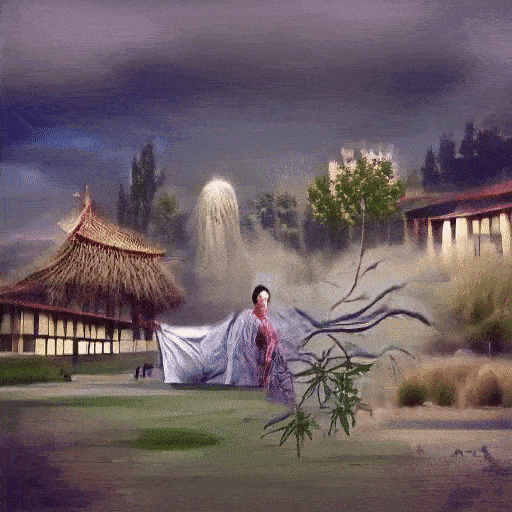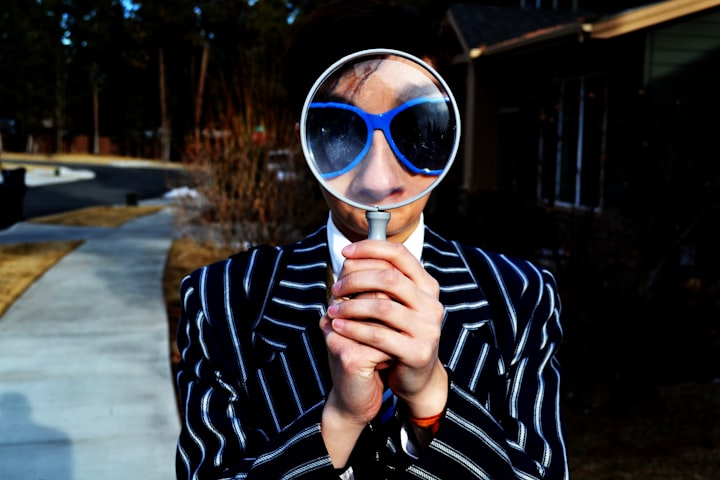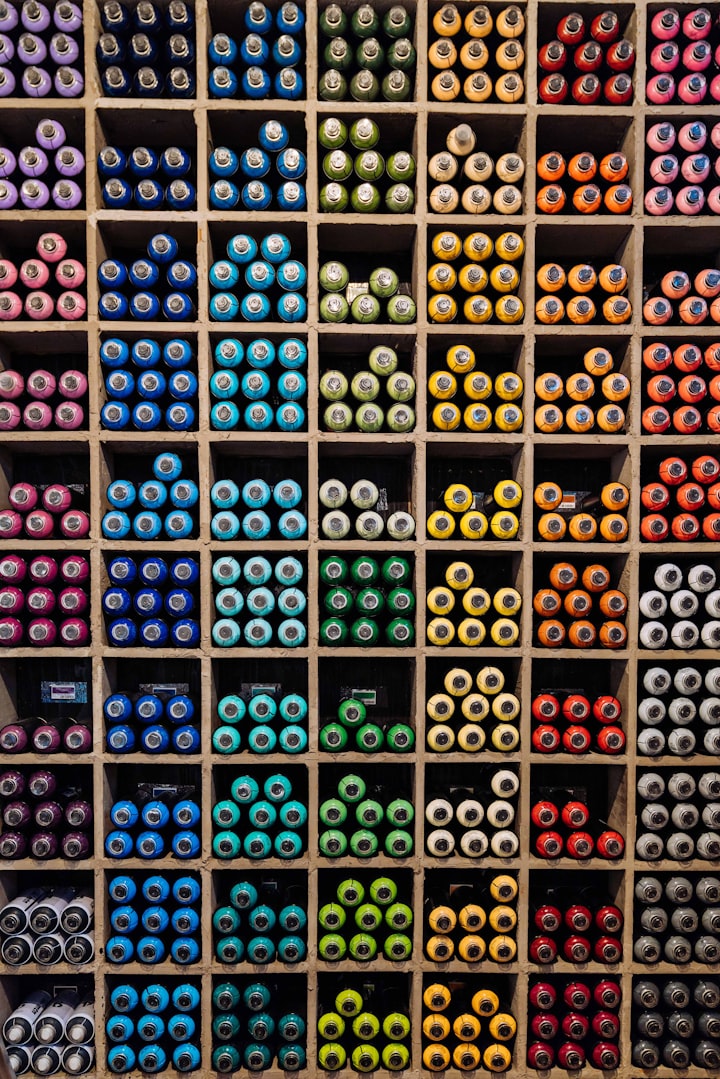Transforming 2D Images into 3D with the AdaMPI AI Model
An in-depth guide on how to use the AdaMPI AI model for creating 3D photos from 2D images

Have you ever wished to breathe life into your 2D images by transforming them into 3D? Or perhaps you're an entrepreneur, looking for ways to provide your users with immersive experiences of your products? This problem is precisely what the AdaMPI model can help you solve.
Subscribe or follow me on Twitter for more content like this!
In this guide, we will walk through how to use the AdaMPI model, an AI model that allows you to create 3D photos from single, in-the-wild 2D images. We will look into how it functions, its use cases, and potential limitations.
We'll also explore how we can use AIModels.fyi to find similar models and decide which one we like. So let's get started.
What can you use AdaMPI for?
The AdaMPI model, created by Pollinations, is an innovative AI model that uses the power of machine learning to transform 2D images into 3D photos. Detailed information about the model can be found on the model's detail page.
Potential users range from photographers wishing to bring a new dimension to their images, e-commerce businesses looking to provide 3D visuals of their products, to game developers who need to convert 2D sketches into 3D models. Essentially, anyone who needs to turn 2D images into 3D can utilize AdaMPI.
However, like any AI model, AdaMPI does have its limitations. Complex scenes with intricate 3D geometry might not be perfectly converted into 3D, and the output quality will largely depend on the quality and clarity of the input 2D image.
You might like to check out our guides on the Shap-E and Point-E AI models as well - they turn text into 3D models!
About the AdaMPI Model
The AdaMPI model, hosted on Replicate, was created to help you turn single, in-the-wild 2D images into 3D photos. This model is based on a PyTorch implementation of a SIGGRAPH 2022 paper titled "Single-View View Synthesis in the Wild with Learned Adaptive Multiplane Images" authored by Yuxuan Han, Ruicheng Wang, and Jiaolong Yang.
The model's architecture consists of two novel modules for plane depth adjustment and depth-aware color prediction. These modules accommodate diverse scene layouts and tackle the difficulty in producing high-dimensional MPI contents.
Understanding the Inputs and Outputs of the AdaMPI Model
Before diving into how to use the AdaMPI model, let's first understand the inputs and outputs required.
Inputs
The AdaMPI model requires only one type of input:
- image file (Image): This is the 2D image you want to convert into a 3D photo.
Outputs
Upon completion of a run, the model provides the output in the following format:
- Output (string): The output of the model is a URI string that links to the created 3D photo.
With these basics in mind, let's explore how we can use the AdaMPI model to convert 2D images into 3D.
Step-by-Step Guide to Using the AdaMPI Model
To get the most out of AdaMPI, you'll need to interact with its codebase directly. However, if you're not inclined to delve into code, you can explore the model's demo, which provides a user-friendly interface to experiment with the model's parameters.
If you're ready to dive into the coding aspect, follow these steps:
Step 1: Install the Node.js client
Begin by installing the Node.js client for Replicate with the following command:
npm install replicate
Step 2: Authenticate
Next, copy your API token and authenticate it by setting it as an environment variable:
export REPLICATE_API_TOKEN=r8_*************************************
Step 3: Run the Model
Then, run the model using the following code:
import Replicate from "replicate";
const replicate = new Replicate({
auth: process.env.REPLICATE_API_TOKEN,
});
const output = await replicate.run(
"pollinations/adampi:80e17332327fac3769729b546a1a856af0e1e7a769a392dbf2dd152bad95d44c",
{
input: {
image: "..."
}
}
);
You can also specify a webhook URL to be called when the prediction is complete. Check out the webhook docs for details on setting that up.
Taking it Further - Finding Other Image-to-Image Models with AIModels.fyi
AIModels.fyi is a comprehensive resource for discovering AI models catering to various needs, including image generation and image-to-image conversion.
Step 1: Visit AIModels.fyi
Start your exploration by heading over to AIModels.fyi.
Step 2: Use the Search Bar
Search for models with specific keywords related to your needs, such as 'image-to-image'.
Step 3: Filter the Results
Filter the models by type, cost, popularity, or even specific creators to find the ones that best fit your specific requirements.
Conclusion
In this guide, we delved deep into the workings of the AdaMPI model, its use cases, limitations, and a step-by-step guide on how to leverage it to create 3D photos from 2D images.
We also discussed how to leverage the search and filter features in AIModels.fyi to find similar models and compare their outputs, allowing us to broaden our horizons in the world of AI-powered image enhancement and restoration.
Subscribe or follow me on Twitter for more content like this!
I hope this guide has inspired you to explore the creative possibilities of AI and bring your imagination to life. Don't forget to subscribe for more tutorials, updates on new and improved AI models, and a wealth of inspiration for your next creative project. Happy image enhancing and exploring the world of AI with AIModels.fyi. For more exciting updates, check out my Twitter, and enjoy your journey into the realm of AI-powered creativity!




Comments ()